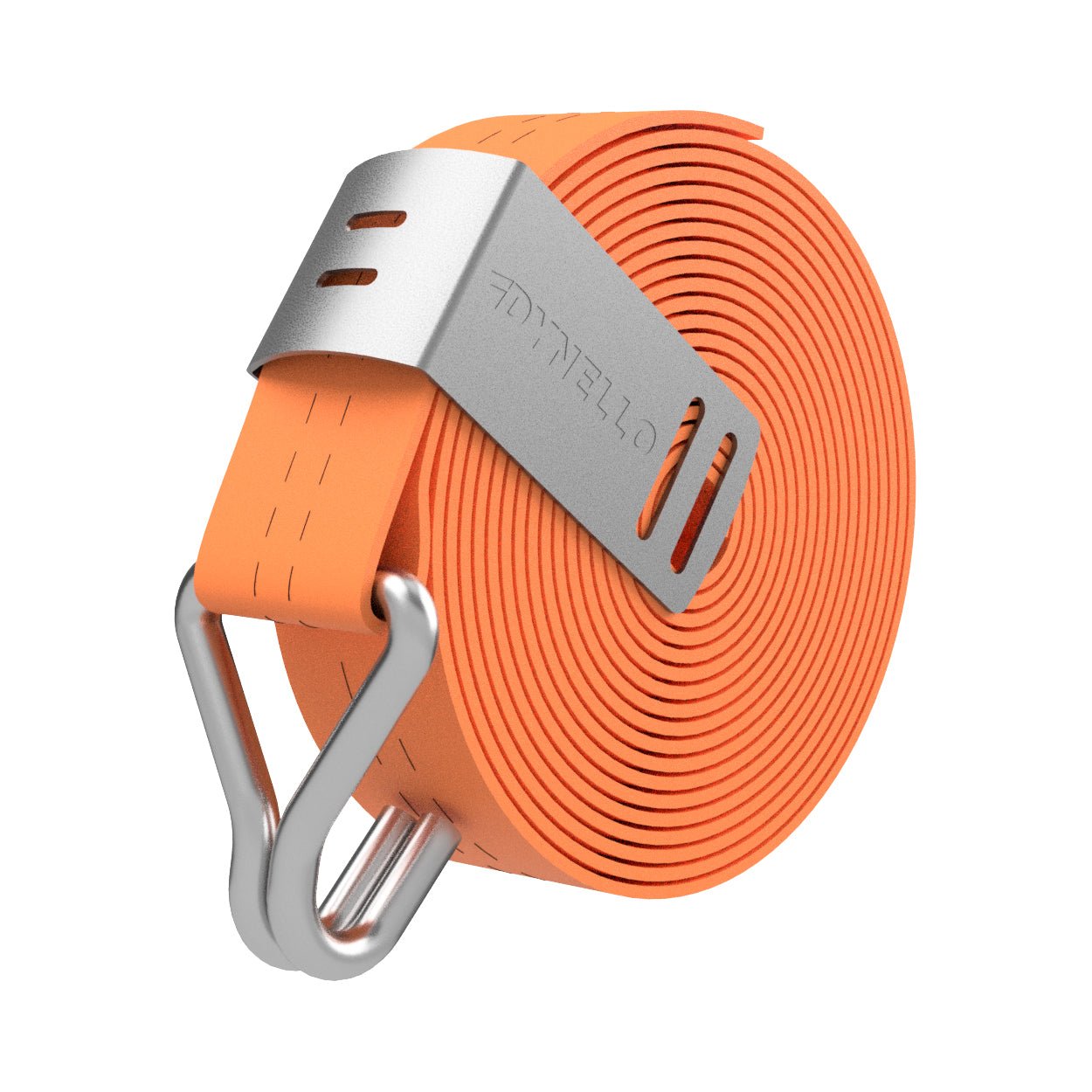
Understanding Load Ratings and Breaking Strength: A Buyer’s Guide
If you’re buying ratchet straps, lifting slings, or load restraint equipment, you’ll see a lot of technical terms like WLL, breaking strength, and safety factor. But what do these terms actually mean? More importantly, how do you make sure the equipment you’re buying is safe and suitable for your job?
In this guide, we’ll explain everything UK buyers need to know about load ratings, how they’re calculated, and what to look for when selecting strapping and lifting equipment.
What Is Working Load Limit (WLL)?
Working Load Limit (WLL) is the maximum safe load that a piece of lifting or securing equipment can handle under normal conditions. It’s also sometimes referred to as the “safe working load”.
For example:
- A strap marked WLL 1000kg is safe to use for loads up to 1000 kilograms
- This figure already includes a safety margin, so it’s well below the strap’s breaking point
WLL is the number you should use when calculating how many straps or slings you need for your load.
✅ Never exceed the WLL — it’s there to protect both your cargo and your team.
What Is Breaking Strength?
Breaking strength is the maximum load a strap or sling can withstand before failing. It’s the absolute limit — going beyond this will cause the equipment to snap or deform.
Typically:
- A ratchet strap with a breaking strength of 3000kg will have a WLL of 1000kg
- This is because manufacturers apply a safety factor (usually 3:1 for lashing equipment)
So while the material may hold more weight, it should only ever be used up to its WLL.
Common Safety Factors in the UK
In the UK and across Europe, safety factors are set by relevant standards such as EN12195-2 for web lashings and EN1492-1 for lifting slings. These define how much of a buffer must exist between the breaking strength and the WLL.
| Equipment Type | Standard | Typical Safety Factor | Example |
|---|---|---|---|
| Ratchet Straps | EN12195-2 | 3:1 | 3000kg breaking strength = 1000kg WLL |
| Lifting Slings | EN1492-1 | 7:1 | 7000kg breaking strength = 1000kg WLL |
| Chain Slings | EN818-4 | 4:1 | 4000kg breaking strength = 1000kg WLL |
Why You Should Always Use WLL When Planning
When calculating how many straps or slings to use, only ever use the WLL value — not the breaking strength. This ensures you stay well within safety tolerances.
Let’s say you’re transporting a 2500kg machine:
- Using ratchet straps with a WLL of 1000kg, you need a minimum of three straps
- If any part of the load might shift or tilt, it’s safer to use four or more to distribute force evenly
🚫 Never “round up” or assume one heavy-duty strap will do the job. It’s not just the weight — it’s the force during movement and braking that matters.
What Affects Real-World Load Capacity?
Even if a strap is rated to 1000kg WLL, the real-world performance can be affected by:
- Sharp edges cutting into webbing (use edge protectors)
- Twisted or knotted straps reducing strength
- Angle of use — tension is strongest when used in a straight line
- Wear and tear — UV, water, oil, and fraying all reduce capacity
Always inspect your equipment before use, and replace straps that are visibly worn or unlabelled.
Look for Clearly Marked Labels
UK regulations require all lifting and lashing equipment to be clearly labelled with:
- The WLL
- Manufacturer details
- Standard compliance (e.g. EN12195-2)
- Traceability information
At Jackson Handling, all our UK-made straps are clearly labelled, fully compliant, and traceable back to batch level, so you can always prove you're using the right equipment on-site or at roadside checks.
Summary: What Buyers Should Remember
- WLL = the safe load limit you should work to
- Breaking strength = the point of failure — not to be used
- Choose equipment with the correct rating for your load
- Never guess — when in doubt, ask a professional
Need Help Selecting the Right Equipment?
Our team is here to help. Whether you're moving machinery, loading pallets, or securing scaffolding equipment, we’ll help you choose the right straps and fittings — with safety and compliance in mind.
Call us on 020 4592 1818 or get in touch online.

